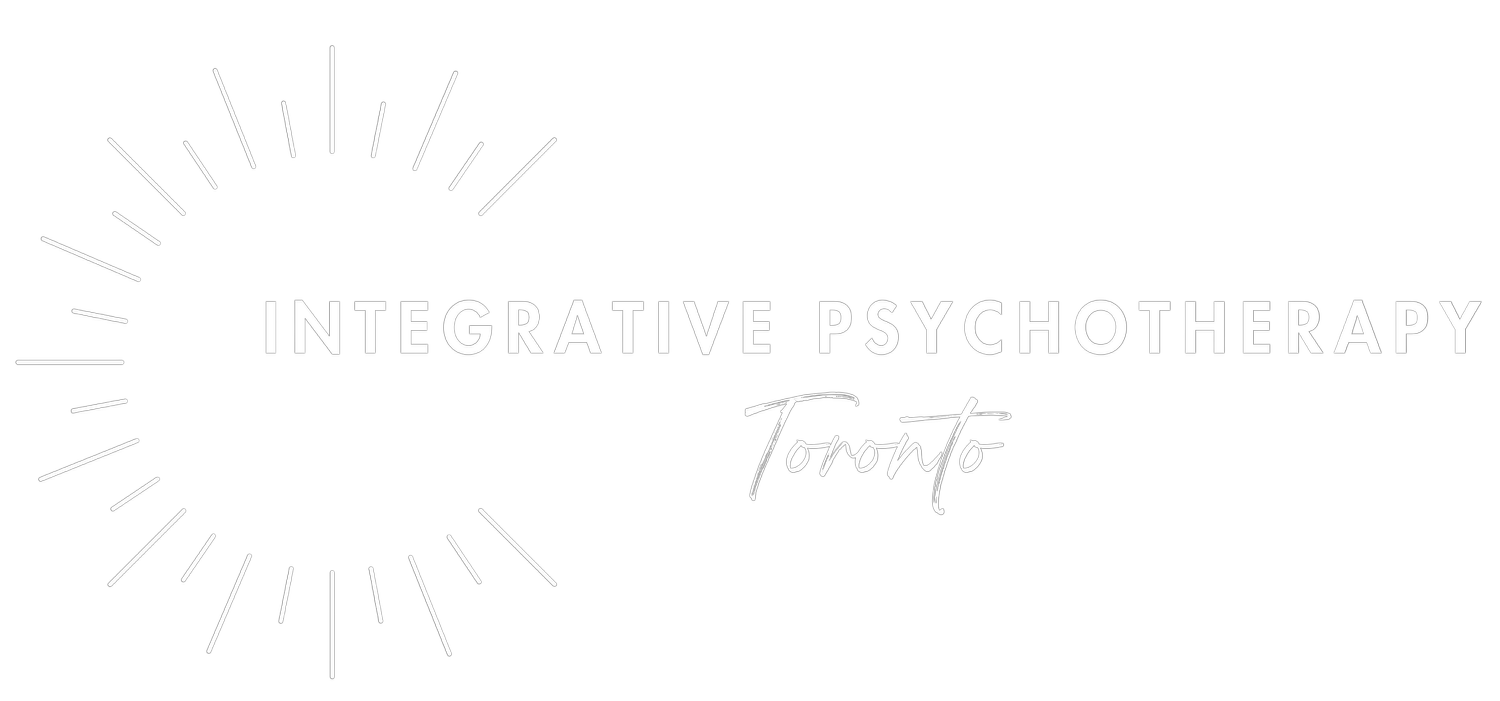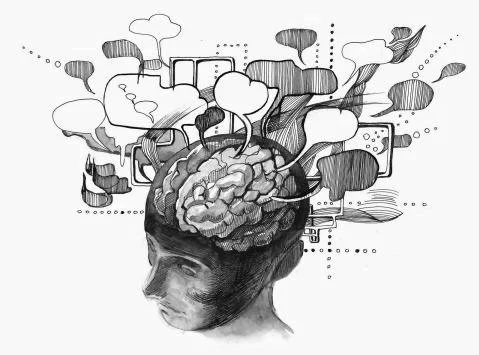How to stop the anxiety pot from boiling
Key points:
This is the blog version of my video How to Stop The Anxiety Pot From Boiling. If you’re more of a tl;dr kind of person, you may prefer the video.
Our experience is made of three types of building blocks; thoughts, emotions and sensations. Of these, sensations are the heavyweight. They have the biggest impact on our experience.
We can use different types of therapies to address different building blocks of experience. Here, we look at an example of by own anxiety and explore the physical experience of it to find a resource
Conversation
So, this actually didn’t come out of a conversation with a client, this came from a question from a viewer. The question was in reference to a video I did called Why The Physical Experience of Your Feelings Matters, and the viewer said,
I understand sensations greatly influence the processing in the higher levels of the brain, but how can that be altered with therapy? How can this change the input from the body?
Which is a great question.
Recap
Quick recap for those who may not have seen the previous video, the Coles notes are:
Our brain has 3 distinct processing centres, each of which process different types of information. I always use Dan Siegel’s Hand model of the brain to illustrate this because it’s, well, handy.
There’s the frontal cortex, which deals in thoughts, meaning and belief (language)
The Limbic system, which deals in emotions, and
The basal ganglia and deep brain, which deals in sensations and felt sense experience
Sensations, emotions, thoughts. Those three “types of information" might be thought of as the building blocks of experience. Our experience is made of a combination of those building blocks, kind of like a musical chord is made of a combination of different notes.
In the previous video, I basically said that of those three building blocks, sensations are the heavy weight. They’re the ones that have the biggest influence, and so it makes sense from a therapeutic stand point to work with those, because they’re going to have the biggest impact on experience.
At the end of the last video, I used the analogy that trying to stop the thoughts without calming the sensations is like trying to stop a pot from boiling without taking it off the heating element. What happens in the upstairs brain is determined by what’s happening in the downstairs brain.
Which brings us back to the viewers question, which was essentially, how do you do that?
Example: Krysti’s YouTube Anxiety
I think the best way to answer it is to use an example, and I’m going to use a relatively straight forward example so that it’s easy to see the process, but the same principles hold for more complex psychological experiences.
So, let’s look at an example of anxiety, and I’ll use a personal example here to make it a bit more real.
I have some anxiety about these videos. I worry they’re stupid and that no one’s going to watch them, or worse people will watch them and they’ll judge me.
If we we think about that in terms of the building blocks of experience, that was a lot of thoughts - people are going to think it’s stupid. People are going to think I’m stupid. No one’s going to watch. These aren’t helpful. Who do I think I am to be making YouTube videos?
If we were in Cognitive Behavioural Therapy or working with a therapist that uses more “top down” therapy approaches, we would probably work with those thoughts. We might recognize those thought patterns as catastrophising and use validity testing (“how likely is it that all people who watch are going to think you’re stupid?”), we might use counter evidence (“you clients find this stuff helpful, right? So doesn’t it make sense that other people might too?”), and other techniques to work with the thought level of experience.
Going Downstairs
But, since we’re in a therapist’s office who favours “bottom up” therapy approaches, we’re actually less likely to work with the thoughts directly. Instead, we’re going explore the experience of the thoughts, beginning with understand the other building blocks.
So, hearing what client-me said, therapist-me might then say something like, “So, there are those thoughts; People are going to think you're stupid. No one’s going to watch. And as you hear those thoughts inside, what happens in the body? Where do they land inside?”
I’m turning client-me’s attention towards the other building blocks of experience, the ones that are often unconscious until we look for them.
So, client-me goes inside, and says “well, there’s a tightening in my chest. It’s almost like a squeezing around my heart. Then my throat gets a little tight, and my shoulders want to curl in. I feel like I want to hide.”
Client-me is pretty good at connecting to internal experience because she’s been doing it for a long time, but if she wasn’t, therapist-me would ask more questions in order to really understand what’s going on at that level.
Therapist-me might ask questions about the
Location of the sensation; Where do those thoughts land in the body? Is it more towards the surface, or is it deep inside? Is it in the centre, or is off to one side?
Type of the sensation; What type of sensation is it? Is it tightness or pressure or activation?
Quality of the sensation; Is there movement to it, or is it still? Is there a temperature to it? Is it warm or cold or neutral?
These questions help us drop out of the upstairs brain, where we’re “talking about” what’s going on, into the downstairs brain, where we’re actually working with the experience of what’s going on.
Because conceptualizing is so reflexive to our frontal cortex, it’s really common that even if we touch in to the downstairs brain, we pop right back up again and our upper brain tries to take over. So those kinds of questions serve two purposes,
They help us understand what’s really going on on the experiential level
They keep our attention on that level and stop us from popping upstairs
So, we have client-me out of the upstairs brain and into the experiential brain, and we have a sense of what that experience is; it’s tight and squeezing, and there’s an impulse to curl up and hide.
Decision Points
Now there are some decision points in terms of where we go next.
One of the big factors that would decide where we go next is where we are in therapy. What phase of treatment we’re in. Is this a client that’s struggling to cope day to day and really needs tools to deal with their anxiety? Or is this a client that is fairly well resourced and we’re working on root cause that’s giving rise to the anxiety? The answer to those questions will tell us what direction we’re going to move in next - towards resourcing or towards processing.
Once we know where we’re going next, another decision is how we’re going to get there. In practice, I’m an integrative therapist, so I weave together many different types of therapy and may use different therapies depending on what seems best for the client. If this were a real client, I might continue purely with somatic therapy, or I might bring in IFS or EMDR. Here, to keep it simple, I’m going to just use somatic techniques since we’ve been taking about body-based therapies.
Resourcing Using Somatic Therapy
So, we got to that decision point, and lets say we feel like it’s a resourcing kind of situation and we’re continuing with somatic therapy.
Then, we might start to work with that tight, squeezing, impulse to curl up.
Therapist-me might use any number of different techniques to help bring to the surface what needs to happen to shift the physical pattern. For example, therapist-me might ask client-me to experiment with exaggerating what’s happening. Making it bigger can help us catch nuances that we might miss when the pattern is subtle.
As client-me exaggerates what’s happening, and therapist-me keeps client-me in the experience of it so I’m not popping out, maybe it starts to become obvious that as the tightness increases, and my shoulders pull in, my breath gets short, because there’s less room for my lungs to expand, and my heart starts to speed up, and all of that ends up feeding and amplifying the anxiety.
So then therapist-me might suggest another experiment where we try on the opposite movement, where we pull the shoulders back a little bit and expand across the chest, and we study what effect that has on the nervous system. Maybe client-me notices that as the shoulders pull back, I can take a bigger breath, and as I take breathe more easily, my heart rate settles, and as my nervous system calms, those thoughts about people not liking my videos aren’t quite as distressing.
So, next time client-me goes to record a video and feels the anxiety building, she might notice the reflexive curling in, and, remembering how that feeds the anxiety cycle, might take a moment to work with opening across the chest and helping the nervous system calm.
The Process
So what did we do there?
We dropped into the physical experience
We explored what was happening in the physical experience and how what was happening on that level ended up increasing nervous system activation and feeding the anxiety
We did some physical experiments to see if changing the physical pattern had an impact on the experience, and
We found a resource to work with that
Does that mean that the cure to everyone’s anxiety is pulling their shoulders back, of course not. But does the same process hold? Yes. If we can study what’s going on in the body, we can work with pattens that activate the nervous system and patterns that calm the nervous system.
So, that’s what working with the sensations might look like in a resourcing session where we’re working somatically. When we got to our decision point, the direction I took was resourcing and the mode of transportation was somatic therapy.







